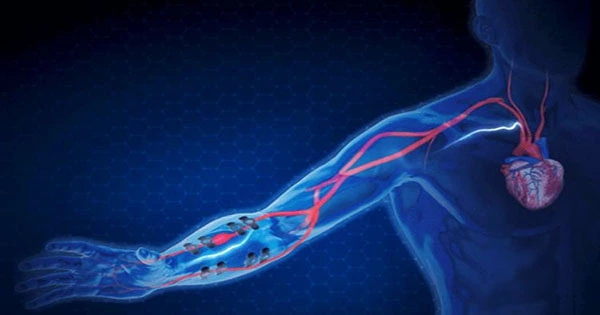Blood pressure control is critical, particularly for persons with cardiovascular disease and those who are older. Sphygmomanometers, on the other hand, are cumbersome, need inflated cuffs, and cannot provide continuous data. It’s possible that research has discovered an alternative, and it’s genuinely cutting-edge. A team from Texas has created an electronic tattoo (e-tattoo) by adhering graphene to the skin, according to Nature Nanotechnology. Graphene is an electrical conductor that can be used to deliver a tiny, safe electrical current that can be used to monitor the body’s bioimpedance, which is a blood pressure measurement.
In a statement, Deji Akinwande, a professor in the Department of Electrical and Computer Engineering at UT Austin and one of the project’s co-leaders, said, “Blood pressure is the most important vital sign you can measure, but the methods to do it outside of the clinic passively, without a cuff, are very limited.” “The tattoo sensor is lightweight and inconspicuous. It’s where you put it. It’s not visible, and it doesn’t move “Roozbeh Jafari, a biomedical engineering, computer science, and electrical engineering professor at Texas A&M University and the project’s second co-leader, agreed. “You need to keep the sensor in the same spot since the measurements will be different if you move it around.”
Bioimpedance measurement is exciting, but it is difficult to transfer to arterial blood pressure. To figure out the precise link and give measurements with minimal uncertainty, the team had to build a machine-learning system. The monitoring device was put above the adhesive e-tattoo and was able to capture data for more than five hours, which was ten times longer than earlier research. Because it is untethered, blood pressure may be monitored in a variety of situations without causing discomfort, such as while sleeping or exercising.
“All of this information may be used to build a digital twin of the human body that can forecast and demonstrate how it will react and respond to treatments over time,” Akinwande added. Although the technology is not yet available, it is a genuine and intriguing prospect. Graphene is a substance made up of a single atom thick film of carbon. Many interesting technologies based on it are still under development, with issues on how to make them operate in the real world.
















